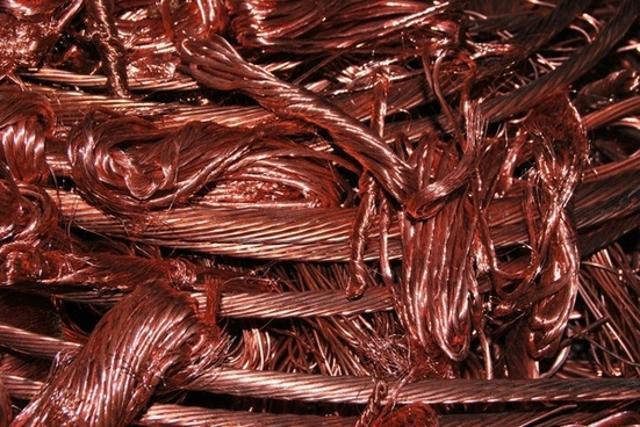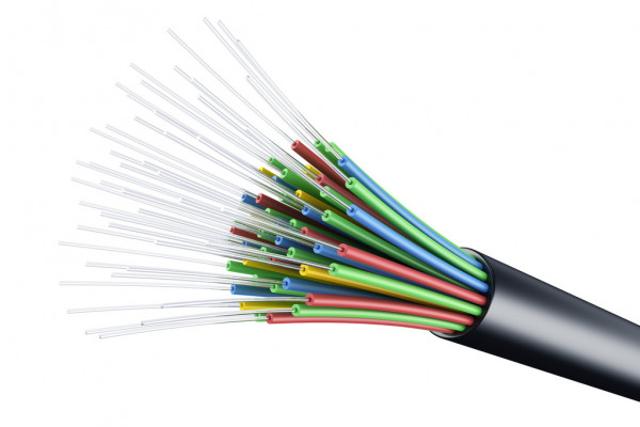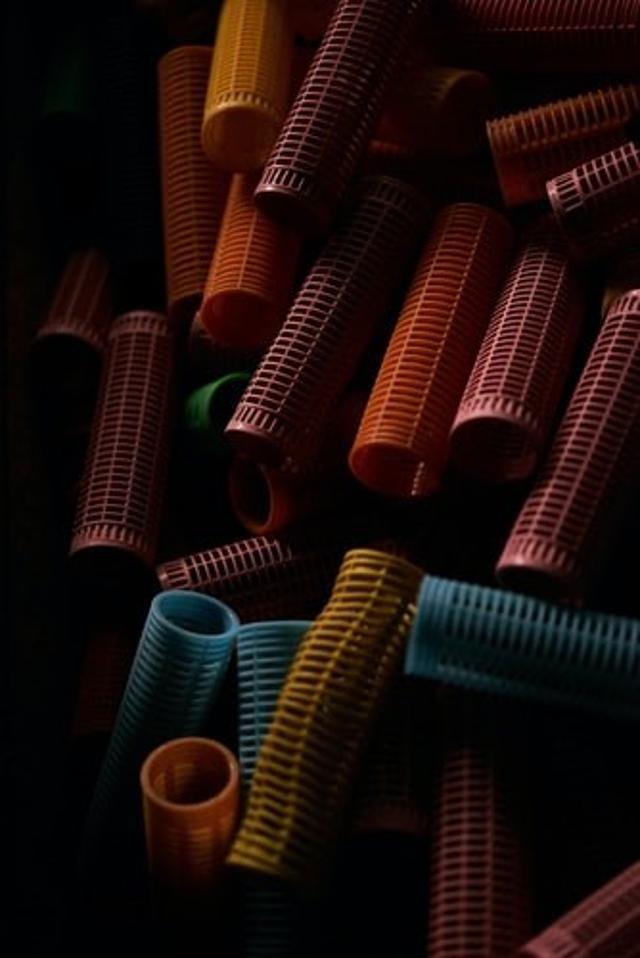Structure
Copper
Sep 2 2021
Copper, Cu is a reddish-brown metal compound that has properties including ductile, shiny, malleable, and good electrical and thermal conductivity. Copper is useful in many ways. In the present, copper is used in the construction industry for roofing, wiring, plumbing, etc. It is also used in the electrical and electronics sector, such as the manufacturing of circuit boards, transformers, generators, and telecommunications. It is also used widely in the machinery and transportation sector. It is used in motors, brakes, bearings, radiators, and other vehicle components. Not to mention, copper is also used extensively in household appliances, such as refrigerators, air conditioning, heat sinks, and boilers.
Pure copper itself is too soft and malleable to be useful. Thus, it is combined with other metals to form copper alloys which have more strength to be used for a variety of purposes. For instance, brass is a copper-zinc alloy that is soft, malleable, and resistant to corrosion. These characteristics make brass a metal that is easy to cast and machined. Brass is applied in several other industrial and plumbing usage. Besides that, it has a classy look and therefore it is also used in architectural applications. On the other hand, copper is also combined with other metals such as tin, aluminium, or beryllium to form bronze which is harder and brittle than brass and pure iron. It is a good conductor of heat and electricity and has high resistance to corrosion from seawater which is useful for shipbuilding and other submerged applications. Moreover, bronze is also used in sculpture making, medals, and musical instruments.
Pure copper itself is too soft and malleable to be useful. Thus, it is combined with other metals to form copper alloys which have more strength to be used for a variety of purposes. For instance, brass is a copper-zinc alloy that is soft, malleable, and resistant to corrosion. These characteristics make brass a metal that is easy to cast and machined. Brass is applied in several other industrial and plumbing usage. Besides that, it has a classy look and therefore it is also used in architectural applications. On the other hand, copper is also combined with other metals such as tin, aluminium, or beryllium to form bronze which is harder and brittle than brass and pure iron. It is a good conductor of heat and electricity and has high resistance to corrosion from seawater which is useful for shipbuilding and other submerged applications. Moreover, bronze is also used in sculpture making, medals, and musical instruments.
Copper was the second most-produced metal only to iron before aluminium increases its popularity. This was because even though copper has very good thermal and electrical conductivity, it is expensive and weighs more than aluminium. On the contrary, aluminium is light and less expensive, which is cost saving in the transportation of aluminium. Therefore, aluminium is starting to replace copper in wires, cables, electronics, refrigerators, and other industrial applications. Despite that, aluminium substitution still does not occur easily in products where price changes to copper is not sensitive. Copper remains popular if the product requires a good thermal or good electrical conductivity. This is because copper is still a better thermal and electrical conductor compared to aluminium. Aluminium is mostly used on products that pay less attention to quality and performance with a low-profit margin, or if copper does not play a major role in the functionality.
Nevertheless, research and development on replacing copper with aluminium and aluminium alloys are being carried out. Aluminium is expected to substitute copper in many ways as the price of copper will only increase with increasing demand.
Nevertheless, research and development on replacing copper with aluminium and aluminium alloys are being carried out. Aluminium is expected to substitute copper in many ways as the price of copper will only increase with increasing demand.
Before modern times, copper pipe was the only option in plumbing. The characteristics of copper allow it to be used to form thin pipes and remain strong. Yet, copper pipe has its disadvantages. For instance, water running through it has a metallic taste which is not favourable to some populations. Also, it can corrode if acidic water is flowing through it. Moreover, the installation of copper pipes is expensive and complicated. Furthermore, copper pipes make noises when there is high water pressure.
At present, PVC pipes are widely used in plumbing systems. PVC is short for polyvinyl chloride and is a strong and durable lightweight plastic compound. The advantage of PVC pipe is that it does not make much noise when water is flowing through. PVC is made of plastic, which is not corrosive and does not wear and tear easily as it is thicker than copper pipe. PVC pipe is also easier to install and is inexpensive. More importantly, PVC is less sensitive to thermal so it does not contract and expand easily. In spite of that, PVC pipe does not last as long as copper pipe and have a risk of chemical contamination of water.
At present, PVC pipes are widely used in plumbing systems. PVC is short for polyvinyl chloride and is a strong and durable lightweight plastic compound. The advantage of PVC pipe is that it does not make much noise when water is flowing through. PVC is made of plastic, which is not corrosive and does not wear and tear easily as it is thicker than copper pipe. PVC pipe is also easier to install and is inexpensive. More importantly, PVC is less sensitive to thermal so it does not contract and expand easily. In spite of that, PVC pipe does not last as long as copper pipe and have a risk of chemical contamination of water.
Copper Characteristics
Ductile
Durable
Thermal Conductivity
Corrosion Resistant
Electrical Conductivity
Lightweight
Copper Applications
Electrical & Electronics (circuit boards, transformers, generators, telecommunications)
Household Appliances (refrigerators, air conditioning, heat sinks, boilers)
Automotive Industry (motors, breaks, bearing, radiators, connectors)
Arts & Designs
Commodity Trading
Contact us today for your Copper Materials Supplier and Contractor in Malaysia.











